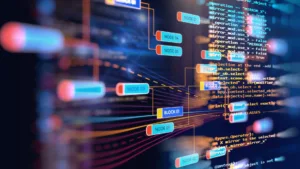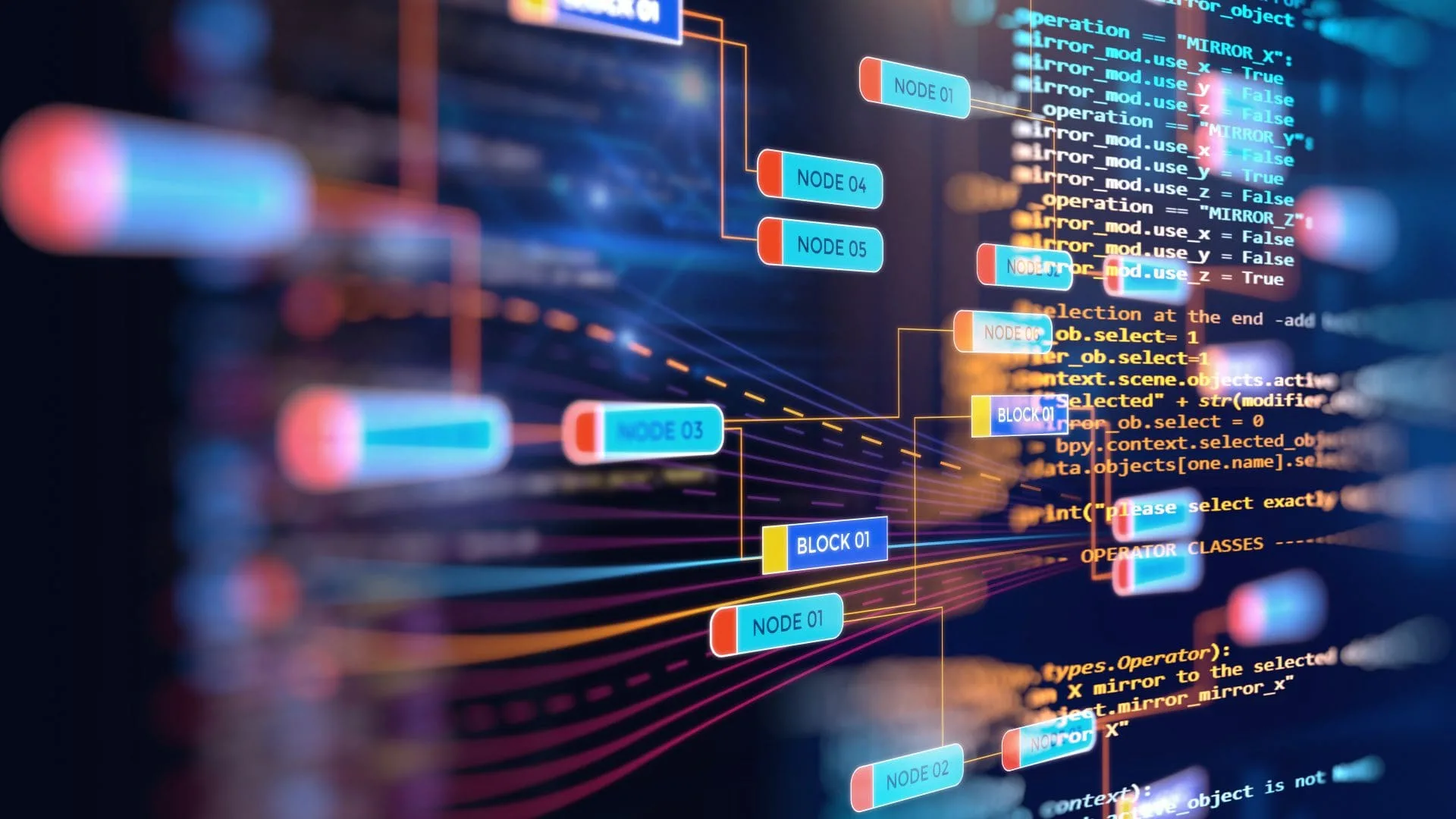What is supercomputing and what is it used for?
Supercomputing is a form of high-performance computing capable of solving complex problems and calculating massive data blocks. It works by processing all the information and resources through powerful networks of parallel computers.
The whole technological system of supercomputing is based on supercomputers, technologically advanced computing machines with impressive high level performances stronger than basic computers – they’re the faster computers in the world.
Supercomputing is used in several scientific fields which require the elaboration of massive amount of different types of data in order to produce accurate outcomes. A few examples refer to:
- Natural sciences, as supercomputing helps to process in-depth information to accurately foresee what the weather will be like in a specific moment on a specific day, or to predict when, why and how climate change may occur within a geographical area and how much pollution sources impact on environment, or still to understand the evolution of scientific nature phenomenons from the atmosphere down to the underground;
- Industrial sciences, as supercomputing can provide key information about the effectiveness and efficiency of production models and helps scientists to learn what could be the best new materials, energy resources or systems to use to improve the whole activity and positively respond to the new quality standards, especially regarding green and digital transitions; supercomputing is also commonly used in the IT industry to generate, test and perform cyber security methods;
- Medical sciences, as supercomputing allows scientists and medical technology experts to better understand and follow patterns and spreading of diseases (such as pandemics) or to improve the accuracy of diagnoses and therapies especially for pathologies such as cancers or rare diseases.
It’s been since the half of 20th century already that scientists have been working on supercomputing and the production of supercomputers. Nowadays, considering the strong interconnection with the main technologies in development, supercomputing plays a key role in the digital transformation and represents a thriving market valued already around $6 billion in the end of 2021.
What are the features of a supercomputer?
The main characteristic that makes a supercomputer different than a standard one is the mere fact that supercomputers use more than one central processing unit, or CPU.
But it’s not the only point to consider. In fact, following, here are the four key features of a supercomputer:
- High-speed operations – it’s estimated that supercomputers can be even one million times faster than the fastest laptop and can elaborate billions of computations every second; indeed, the performances of supercomputers are measured in floating-point operations per second (FLOPS), a measure of a computer’s processing speed equal to a thousand trillion flops;
- Powerful main memory – supercomputers are part of the supercomputing network, which includes many nodes each one issued with its own RAM and thus making possible to process massive data blocks very quickly and accurately;
- Use of parallel processing – supercomputers leverage the processing power that each RAM can afford, as many processors work together on single parts of the whole computation to accomplish complex achievement; moreover, it’s interesting to notice that most of supercomputers use Linux operating system, especially because of its flexibility and efficiency in executing instructions;
- Problem solving accuracy – by processing so many different data in a so small time lapse, it’s possible that also supercomputers may be wrong; on the other hand, it appears that supercomputers problem solving accuracy degree keeps growing, despite the extremely difficult tasks assigned to them everyday, and opens scientists to some amazing scenarios about their future performances especially for what concerns their use in the digital transformation.
Which technologies will leverage supercomputing within digital transformation?
Supercomputing drives and accelerates digital transformation, this is a fact. Indeed, it’s not casual that the most technologically developed countries are competing for the lead of this strategic sector that can positively influence all the other technological fields. Above all, China currently runs the most competitive supercomputing strategy leading the sector and plans to enforce the stability of its role by 2025.
But which technologies will leverage supercomputing soon? Let’s check them out:
- Cloud Computing – cloud-based supercomputing improves the performances of organisations in the management of data and IT operations, leveraging the passage of key computing services to the Internet (like databases storage, softwares, analytics, etc.); moreover, the introduction of supercomputers into cloud-based environments could open scientists and engineers to impressive new opportunities enabling fast and accurate processes for researches, design and testing of innovative solutions regarding several science sectors;
- Artificial Intelligence – nowadays the most advanced AI systems and devices need very high performance computing in order to autonomously tackle the most difficult tasks and problems, from assistance chatbots to data processing; this is possible thanks to machine learning, a branch of AI studies that aims to improve the learning-by-experience processes of technological devices by using data science algorithms to make it feasible to elaborate accurate decisions and solutions about complex issues;
- Blockchain – the whole crypto economy is still in development, but it’s already quite popular all over the world among people using cryptocurrencies or producing and buying NFTs; one way or another, blockchain technologies are complex and require advanced processing phases that supercomputing can afford to elaborate quickly and accurately.
The advantages of supercomputing in digital transformation
In conclusion, let’s now take a look at the main advantages of supercomputing in the digital transformation processes:
- it is efficient, representing a cost-effective solution that allows companies to enhance the quality of the outputs while saving a lot of money on a long term:
- it decreases processing time performing much better and faster than standard computers and providing a great advantage especially when it comes to products research, development and time-to-market;
- it improves the quality of outputs, as accurate data elaboration and analysis lead to the design of better products and services with high quality standards;
- it helps to provide better customer experiences, simply because the possibility to compute massive data blocks of different types issues impressive and useful information to accelerate products design and development or to plan growth in the market due to competitors analysis;
- it enforces collaboration within and across corporate functions, as the capacity of supercomputers to handle the elaboration and storage of large amounts of data simplifies and accelerates the achievement of tasks affecting different departments.








